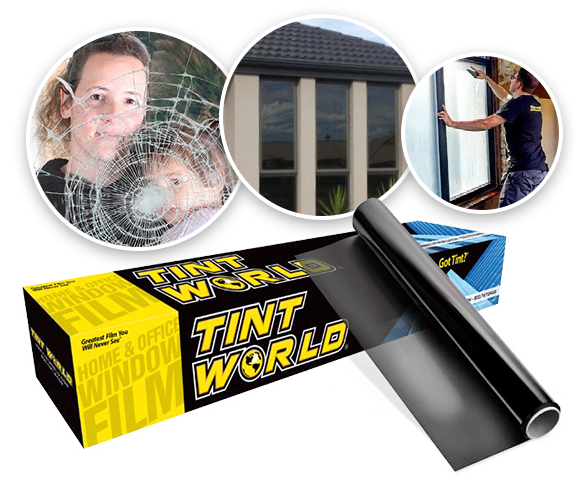Auto Window Tinting: Enhance Comfort and Lower Glare While Driving
Auto Window Tinting: Enhance Comfort and Lower Glare While Driving
Blog Article
Home Window Tinting Laws and Standards: What You Need to Know Prior To Tinting Your Cars And Truck
Before waging home window tinting for your automobile, it is vital to acquaint on your own with the diverse legislations and standards that govern this method throughout different states. These guidelines determine the permissible levels of color darkness, typically measured by noticeable light transmission (VLT) percentages, and consist of particular specifications for front windshields targeted at ensuring road security. In addition, specific territories may supply medical exceptions for individuals with qualifying problems. Comprehending these complexities can save you from potential legal ramifications, however what are the particular regulations in your state?
Introduction of Window Tinting Rules
Window tinting laws are often subject to variation across different jurisdictions, showing local laws and safety considerations. These laws dictate the allowable levels of tint darkness and reflectiveness on car home windows, making certain that drivers maintain ample visibility while likewise safeguarding versus hazardous UV rays and warm.
Most guidelines classify home window tinting based on the Visible Light Transmission (VLT) percent, which suggests the quantity of light that can pass with the window. Generally, lower VLT percentages represent darker tints. Laws frequently differentiate in between the front, side, and rear windows, with stricter limitations used to the front windscreen to enhance safety for both the motorist and various other road users.
Compliance with window tinting guidelines is vital, as offenses can result in fines, required removal of the color, and potential boosts in insurance premiums. It is important for automobile proprietors to familiarize themselves with neighborhood regulations before proceeding with window tinting installations.
State-by-State Tint Laws
Understanding the certain window tinting policies in each state is important for automobile proprietors seeking to comply with the law. Each state in the united state has actually established its very own set of policies regulating home window tinting, which can vary considerably. These policies often dictate the permitted levels of tint darkness, the kinds of windows that can be tinted, and any medical exceptions that might apply.
For circumstances, states like California have rigid limitations on color darkness for front windows, while others, such as New Mexico, might enable darker colors. Additionally, certain states mandate specific exposure percents for various windows, including the windshield, front side windows, and rear home windows. It is essential for car proprietors to familiarize themselves with their state's legislations to prevent prospective penalties or charges.
Moreover, some states might require a certification sticker to be positioned on colored home windows, indicating conformity with state laws. Failure to comply with these policies not only runs the risk of legal consequences but can also affect safety and exposure while driving. Consequently, car proprietors ought to perform thorough study or seek advice from local authorities to make sure complete understanding and compliance with state-by-state tint laws.
Allowed Color Degrees and Kinds
Many automobile proprietors may be amazed to find out that allowed color levels and types differ widely across different states. Each state has established its own policies concerning the allowable darkness and reflectivity of window color, commonly determined by Visible Light Transmission (VLT) portions. VLT refers to the quantity of light that can pass with the colored home windows; thus, a reduced percentage suggests a darker color.

Furthermore, the kinds of tint materials permitted can differ, with some states forbiding metallic or mirror-like surfaces. It is essential for automobile proprietors to my sources acquaint themselves with their state's particular laws to make certain compliance. Non-compliance can lead to fines, mandatory elimination of the color, or various other lawful repercussions, making it essential to recognize these laws before continuing with installment.
Medical Exemptions for Tinting
While not all states give allocations for medical exemptions pertaining to home window tinting, those that do identify the requirement for details individuals to improve exposure and convenience as a result of medical conditions. Different clinical problems, such as lupus, skin cancer, and particular eye conditions, can provide individuals specifically conscious sunshine. As a result, these individuals may require darker tints to safeguard themselves from unsafe UV rays and glow.

It is necessary to keep in mind that despite a medical exemption, there might still be limitations on the level of tint allowed. Compliance with state legislations ensures that individuals are both secured and within lawful restrictions. Those taking into consideration medical exceptions must call their local Department of Motor Autos or equal authority to recognize the procedures and needs required to make an application for an exception successfully.
Fines for Non-Compliance
Stopping working to adhere to window tinting laws can lead to considerable charges, which differ by state. Law enforcement agencies are encouraged to release citations for automobiles that do not follow the defined tinting regulations. These penalties commonly include fines, which can range from small quantities to several hundred bucks, depending upon the intensity of the offense and the state in inquiry.
In some territories, repeated offenses may result in rising penalties or added fines, such as necessary court appearances. In addition, non-compliance might demand the removal of unlawful tinting, typically at the proprietor's expenditure. In extreme situations, habitual wrongdoers might deal with suspension of their lorry registration until conformity is attained.
In addition, insurance ramifications may occur from receiving several citations for home window color offenses. Insurance companies might check out such offenses as an indicator of riskier actions, possibly resulting in boosted costs or trouble in protection.
To stay clear of these charges, it is important for automobile owners to familiarize themselves with their neighborhood window tinting laws and make sure that their lorry complies (Window Tinting). This positive strategy not only avoids legal implications however additionally promotes road safety and security
Final Thought

The majority of laws classify home window tinting based on the Visible Light Transmission (VLT) percentage, which shows the quantity of light that can pass with the window. Compliance with window tinting laws is critical, as violations can result in penalties, necessary elimination of the color, and possible boosts in insurance premiums.Understanding the details home window tinting policies in each state is important for automobile owners looking for to comply with the law. These policies commonly determine the allowable Look At This levels of color darkness, the types of home windows that can be tinted, and any type of medical exceptions that may use.
For instance, states like California have rigorous limitations on color darkness for front home windows, while others, such as New Mexico, might go to this web-site permit darker colors.
Report this page